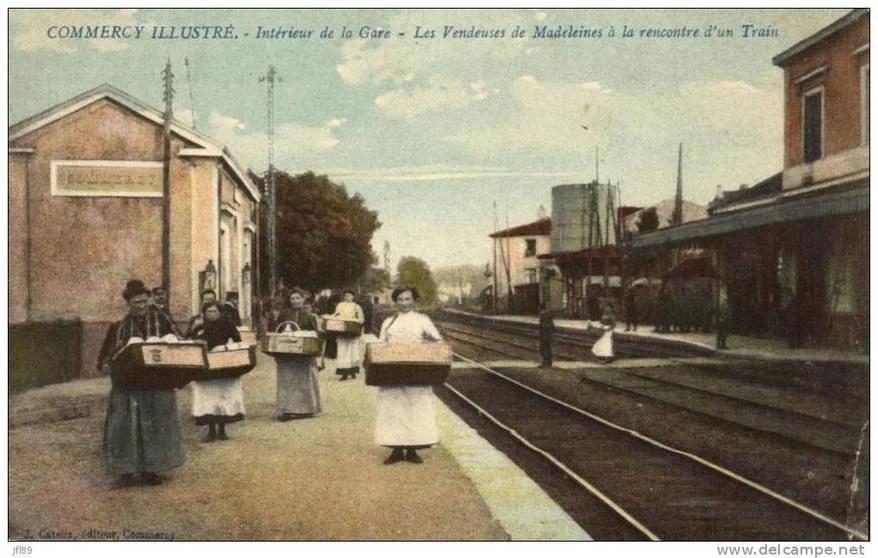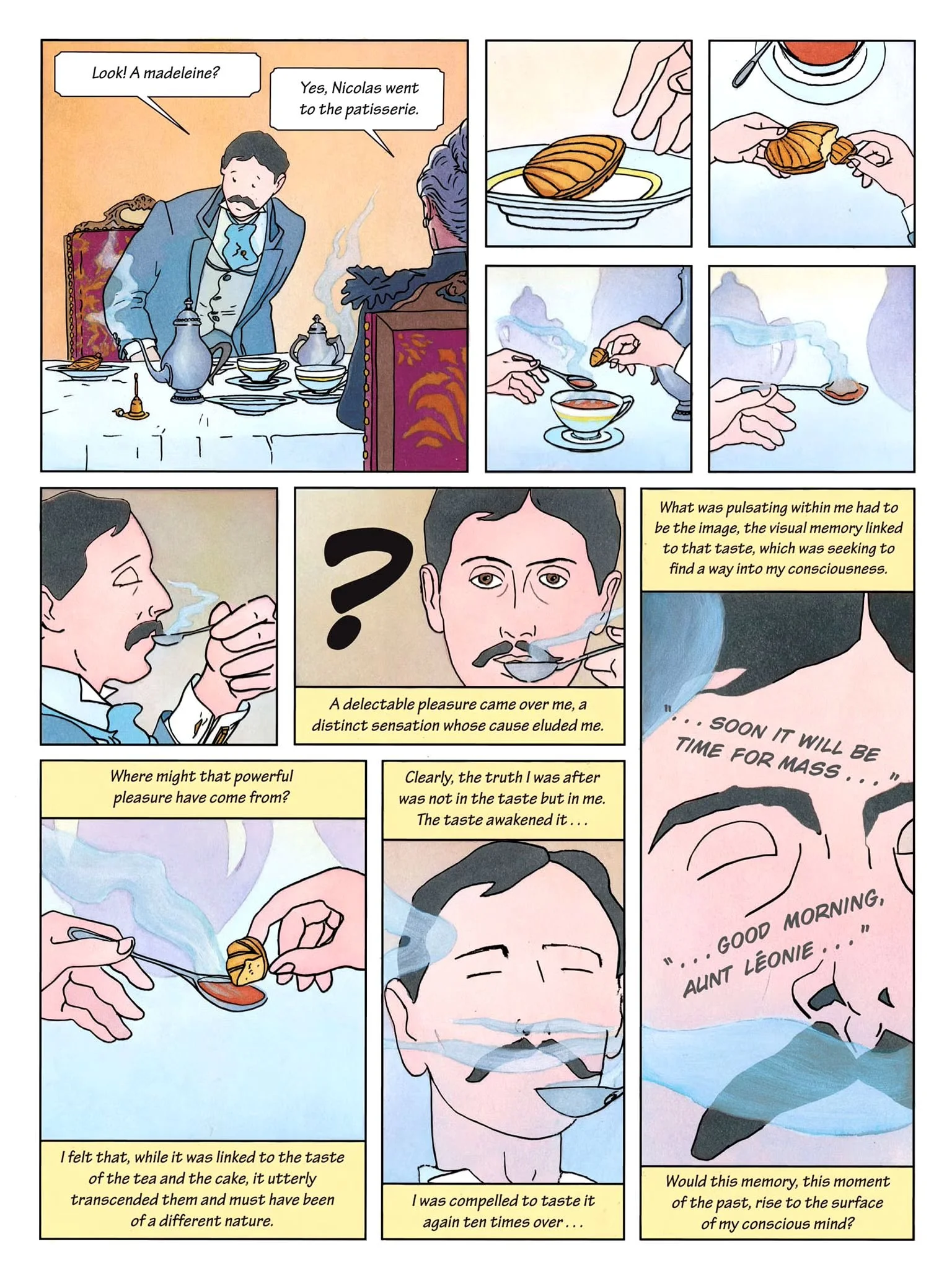If Proust made it famous, the Madeleine actually comes from a small town in eastern France.
The Madeleine, a small, shell-shaped sponge cake, has a charming and somewhat mysterious origin story tied to French culinary history. The most popular legend attributes its creation to a young servant named Madeleine Paulmier in the 18th century. She was said to have baked these cakes for Stanisław Leszczyński, the exiled King of Poland and Duke of Lorraine, who served them at his court in Commercy. The cakes were a hit, and when his daughter Marie married King Louis XV of France, she introduced them to the French court, where they became widely celebrated.
Another theory ties the Madeleine to medieval pilgrimages. Its shell shape, reminiscent of the scallop shell symbol of the Camino de Santiago, may have originated as a symbolic treat for pilgrims in the region of Lorraine.
Regardless of its exact origins, the Madeleine's fame was cemented by French writer Marcel Proust in his novel In Search of Lost Time. A scene in the book describes how the taste of a Madeleine dipped in tea evokes a flood of childhood memories, transforming the little cake into a symbol of nostalgia and sensory connection.
Today, the Madeleine is an iconic French pastry, celebrated for its simplicity, buttery flavour, and distinctive shape.


